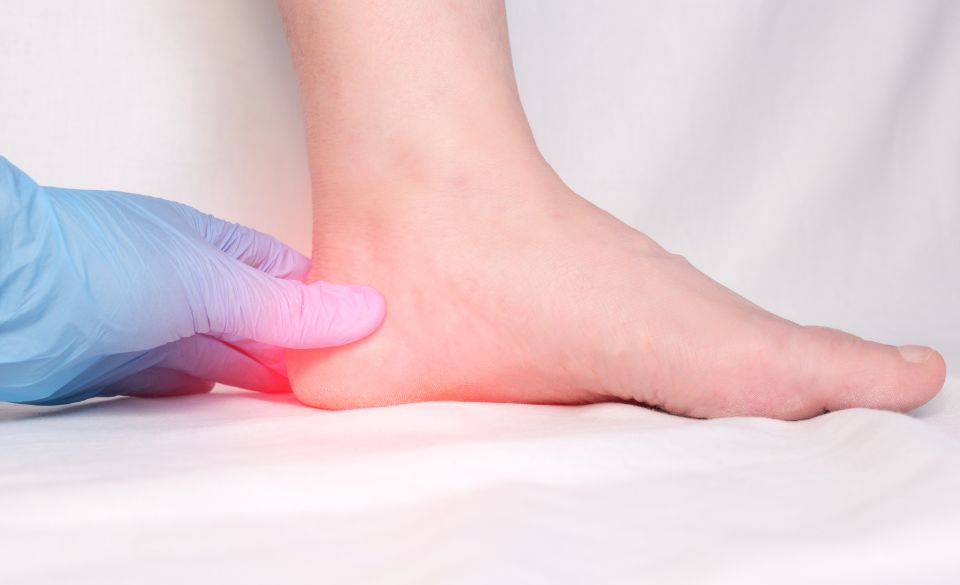
Building Strength and Flexibility with Exercises for Heel Spur
Page Contents
Exercises for heel spurs are a great way to increase strength and flexibility while also relieving pain. It is important to understand what heel spurs are, how to recognize signs of their presence, and the appropriate exercises that can help. This article will explore the positive and negative implications of exercises for heel spurs, the exercise types that are best, and how to safely complete them.
What are Heel Spurs?
Anatomy class won’t do much good in trying to explain what heel spurs are. Simply put, heel spurs are bony growth in the heel of a person’s foot. The spur usually develops in an area near the plantar fascia, a muscular flat band from your heel to your toe. This growth is caused by an accumulation of calcium at the base of the heel and can be quite painful when put under pressure from daily activities like walking, running or even standing in one spot for too long.
Signs and Symptoms
The most common signs and symptoms of a heel spur are pain in the heel, redness, and inflammation. This pain is usually only felt when putting pressure on the area or when wearing tight or inflexible shoes. Some people may also experience swelling or tingling sensations in their feet. These symptoms can develop slowly over time and should be monitored by a professional if present.
Exercises and Their Benefits
Exercises for heel spurs can benefit both the muscle strength and stability, as well as the overall flexibility in the foot. Simple stretching exercises can be performed while seated or standing to help strengthen the surrounding muscles, and calf/ankle raise exercises can help improve flexibility. These exercises can help reduce the pressure and pain associated with the spur and can prevent further aggravation and development.
Types of Exercises
Exercises can include toe/ankle rotations, stair stepping, calf stretching, lunging, and toe flexions. These exercises should be done in sets ranging from 10-15 repetitions and should increase as the patient strengthens. It’s important to perform these exercises twice a day as a minimum – in the morning and before bed – to ensure the best results.
How to Safely Execute Exercises
When exercising for heel spurs, start with simple, low impact stretches and gradually build up to more intense exercises. It is important to pay attention to your body’s limits and not push too hard – as this can lead to further complications like muscles strains. It is also recommended to perform these exercises on a flat surface, as this will allow for better maneuverability of the foot and will reduce the strain on the muscles.
Common Mistakes
One of the most common mistakes when performing exercises for heel spurs is not being aware of the range of motion. If the exercises are too easy then it is unlikely that they will have the desired effect – and if they are too hard, it could have detrimental results. It is also important to wear proper footwear and make sure that the feet are properly supported as this will reduce the strain and minimize the chances of painful flare-ups.
Summary – Exercises for Heel Spur
Overall, exercises for heel spurs can be beneficial in promoting strength and flexibility while reducing inflammation and pain. It is important to understand the purpose of each exercise and the importance of taking form and technique into consideration when performing them. With the proper guidance and adherence to safety recommendations, heel spurs can be managed and kept under control.




